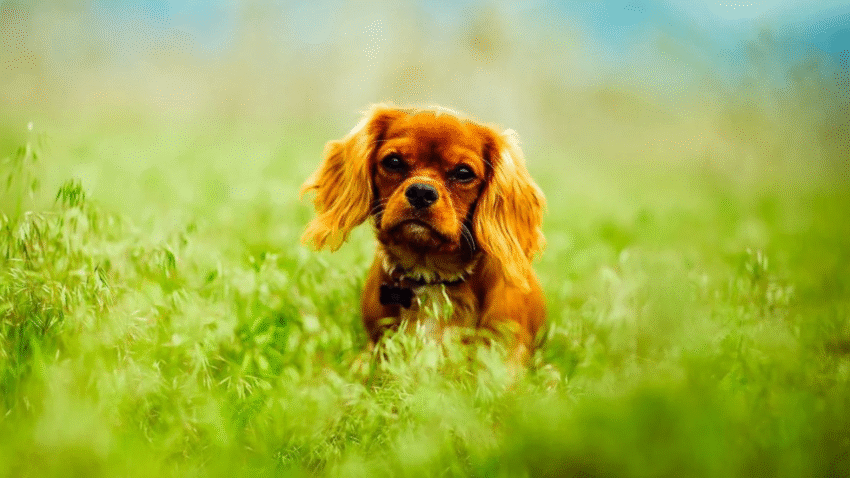Introduction
Bringing home a new puppy is one of the most exciting—and life-changing—moments for any dog lover. But before your furry friend arrives, it’s essential to know how to prepare your home for a new puppy. This step-by-step guide will walk you through everything you need to do to ensure your space is safe, welcoming, and puppy-ready. Struggling with where to start? Let’s get you fully prepared for this wonderful new adventure.
Why Preparing Matters for Puppies
A new environment can be overwhelming for a puppy. Proper preparation helps reduce stress, prevent accidents, and make the transition smooth for both of you. Here’s why it’s so important:
- Safety: Puppies are curious and love to explore—usually with their teeth.
- Training: A prepped home supports faster housebreaking and behavior shaping.
- Comfort: A well-organized space helps your puppy feel secure and adjust quicker.
- Bonding: When your puppy feels safe, it’s easier to build trust and connection.
Taking a proactive approach sets the foundation for a happy, well-adjusted dog.
Step-by-Step Guide to Preparing Your Home
Here’s everything you need to get ready for your puppy’s arrival—from supplies to puppy-proofing.
1. Puppy-Proof Your Living Space
Just like baby-proofing, your home should be safe and hazard-free.
- Remove dangerous items: Electrical cords, small objects, toxic plants, cleaning products.
- Secure furniture: Block off access behind couches or beds where they might get stuck.
- Cover trash cans: Use lids or place in closed cabinets.
- Use baby gates: Restrict access to unsafe or off-limits areas.
2. Designate a Puppy Area
Set up a cozy and controlled space where your puppy can rest and stay when unsupervised.
- Use a playpen or crate: This becomes their safe haven.
- Include bedding, chew toys, and water.
- Keep it in a quiet but visible location.
This designated area helps your puppy adapt to routines and builds a sense of security.
3. Stock Up on Essentials
Having the right supplies in place makes those first days much easier.
- Food and water bowls: Choose non-slip stainless steel or ceramic.
- High-quality puppy food: Consult with your vet for breed-specific recommendations.
- Crate and/or bed: Sized appropriately for comfort and safety.
- Collar, harness, and leash: Lightweight and adjustable for small pups.
- Chew toys and teething toys: Help with development and reduce chewing on furniture.
- Puppy pads or litter tray: Useful for early house training.
- Brush, shampoo, and nail clippers: Start grooming early.
4. Create a Daily Routine
Puppies thrive on structure, and the sooner you implement one, the better.
- Set mealtimes and potty times.
- Schedule regular walks, playtime, and naps.
- Stick to bedtime and waking routines.
Consistency helps with housebreaking and behavior training.
5. Schedule a Vet Visit
Set up your puppy’s first vet appointment ahead of time to check their health and begin vaccinations.
- Get guidance on deworming, flea prevention, and diet.
- Discuss a vaccination and microchipping schedule.
A good vet relationship gives you peace of mind for the years ahead.
Common Mistakes to Avoid
1. Giving Too Much Freedom Too Soon
Allowing your puppy to roam the whole house can lead to accidents and overwhelming stimulation. Use gates or a crate to introduce one area at a time.
2. Skipping Puppy-Proofing
Even one overlooked cable or small object can be dangerous. Crawl around at puppy eye level to spot hazards you might miss from above.
3. Inconsistent Training and Rules
Letting them on the couch one day and scolding them the next causes confusion. Decide on rules as a family before the puppy arrives—and stick to them.
4. Delaying Socialization
Waiting too long to expose your puppy to sights, sounds, people, and other dogs can make them fearful later. Start safe socialization as early as your vet allows.
5. Overwhelming Them With Attention
Yes, puppies are adorable—but they also need rest. Avoid overstimulating your new pup with too much play or handling during the first few days.
Extra Tips & Recommendations
Tip 1: Use Enzyme Cleaners
Accidents happen. Keep an enzyme-based cleaner handy to eliminate odors and prevent repeat incidents in the same spot.
Tip 2: Keep a Puppy Journal
Track feeding, potty times, behavior notes, and health info. It’s a great way to understand your pup’s routine and make training easier.
Tip 3: Prepare Family and Pets
Talk to children about gentle puppy handling, and introduce existing pets slowly and with supervision. Neutral territory introductions can ease tension.
Conclusion
Preparing your home for a new puppy is one of the most loving things you can do before their arrival. By puppy-proofing your space, setting up routines, gathering the right supplies, and avoiding common mistakes, you’ll create a safe and happy environment for your new companion. The more you prepare now, the smoother your puppy’s transition will be—and the faster you’ll build a bond that lasts a lifetime.
📌 Bookmark this guide and check back for more step-by-step puppy care tips!
